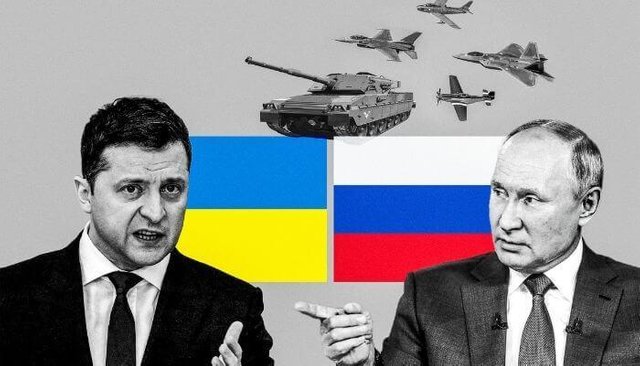
As of my last update in September 2021, the conflict between Russia and Ukraine, often referred to as the Russo-Ukrainian War, had been ongoing for several years. The primary reasons behind the conflict are complex and have historical, political, and territorial dimensions. Some key factors include:
Historical Tensions: There have been long-standing historical and cultural ties between Russia and Ukraine, but also periods of tension and conflict, particularly concerning the control of Crimea and eastern regions of Ukraine.
Territorial Disputes: Crimea, a region with a majority ethnic Russian population, was part of Ukraine until 2014 when Russia annexed it following a controversial referendum. This move was met with widespread international condemnation.
Geopolitical Considerations: Ukraine's desire to strengthen ties with the European Union and NATO has been a point of contention for Russia, which views it as a threat to its influence in the region.
Ethnic and Linguistic Divides: Ukraine has a significant Russian-speaking population, particularly in the eastern regions, leading to concerns over their rights and representation.
Security Concerns: Russia has argued that it intervened in Ukraine to protect the interests of ethnic Russians and Russian speakers in eastern Ukraine amid fears of discrimination and violence.
Energy Dependence: The region is crucial for natural gas transit, and disputes over energy prices and supplies have further complicated the situation.
It's important to note that the situation is fluid and continually evolving. For the most up-to-date information, I recommend checking reliable news sources.
